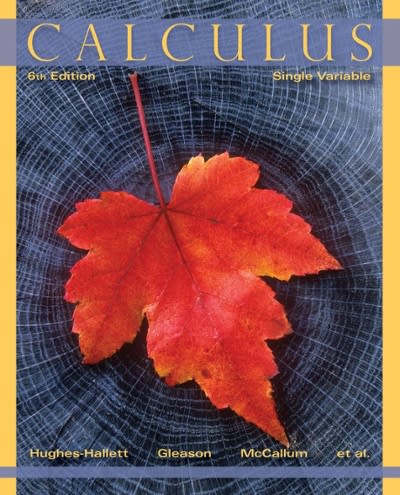Answered step by step
Verified Expert Solution
Question
1 Approved Answer
infinity L F(u)du a) Show that laplace transform: 0 , when s > or sinh(t) L b) Use the result in part (a) to find


Step by Step Solution
There are 3 Steps involved in it
Step: 1

Get Instant Access to Expert-Tailored Solutions
See step-by-step solutions with expert insights and AI powered tools for academic success
Step: 2

Step: 3

Ace Your Homework with AI
Get the answers you need in no time with our AI-driven, step-by-step assistance
Get Started


